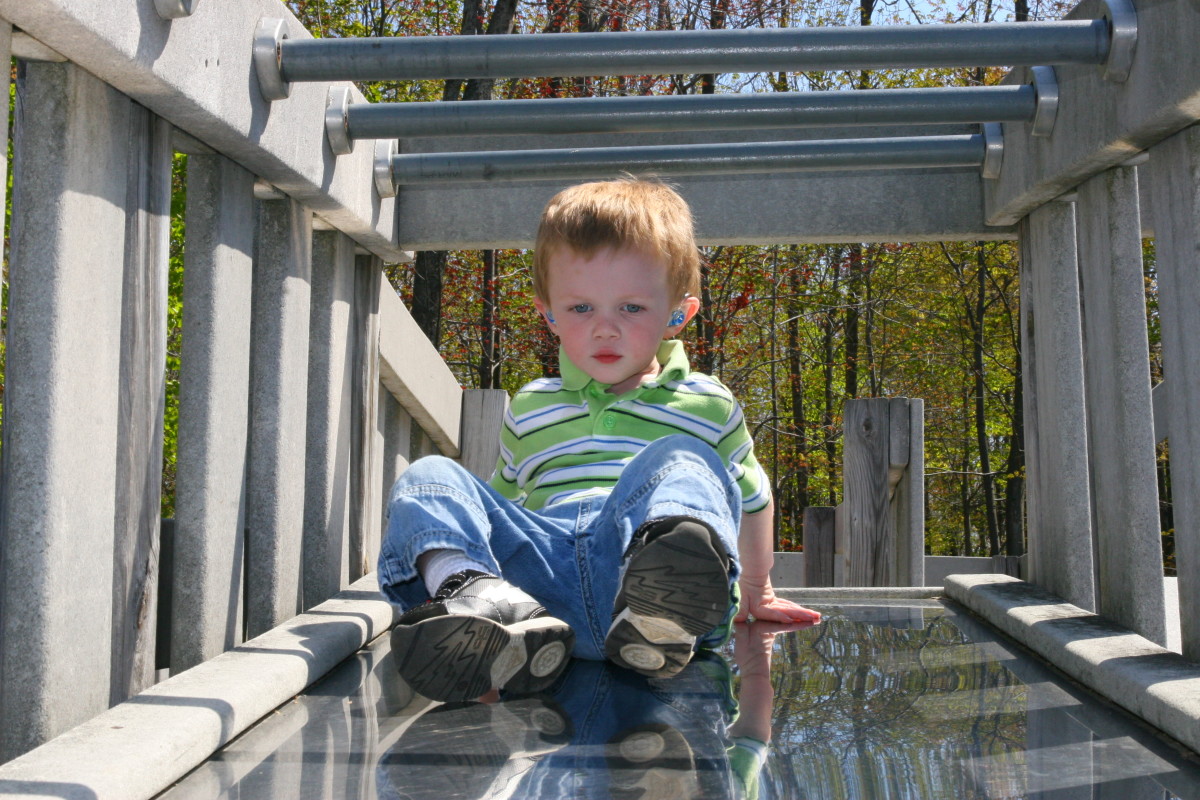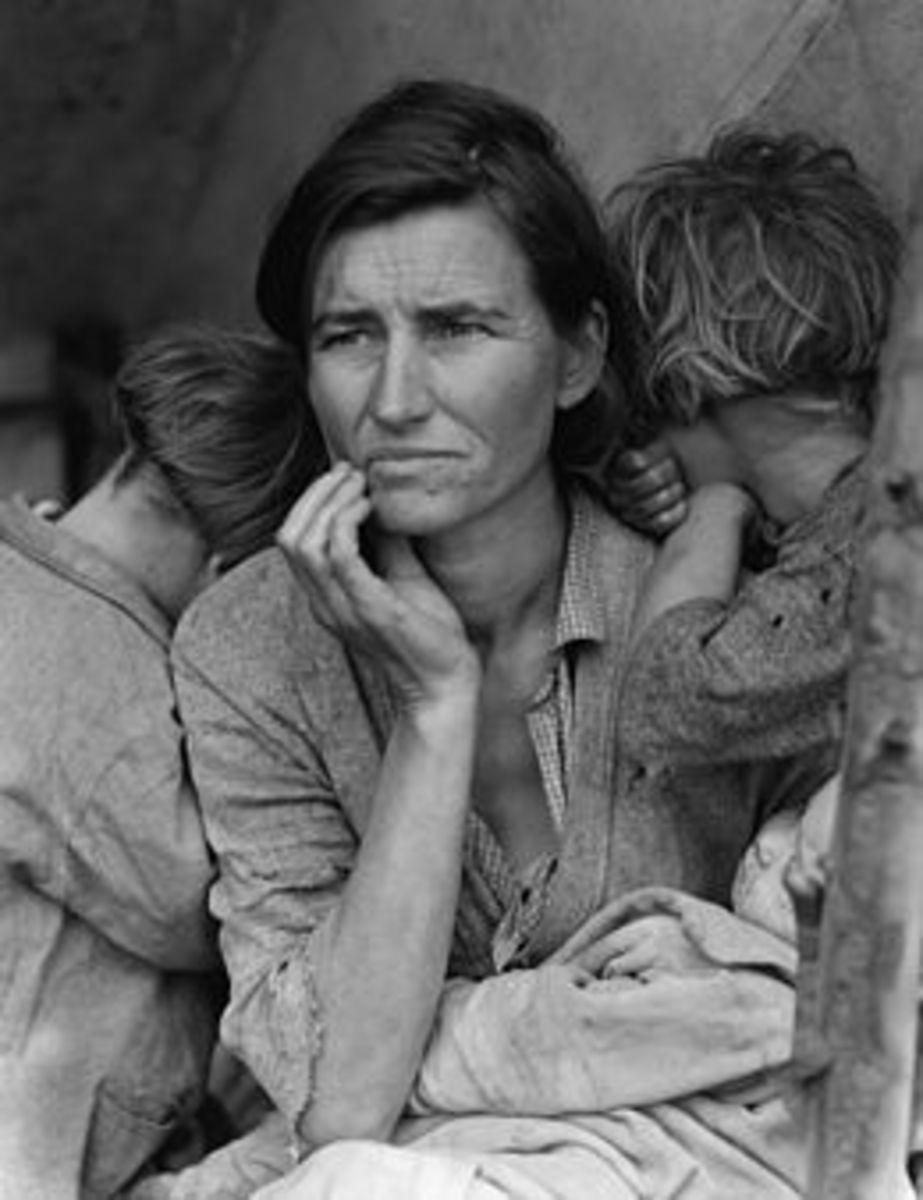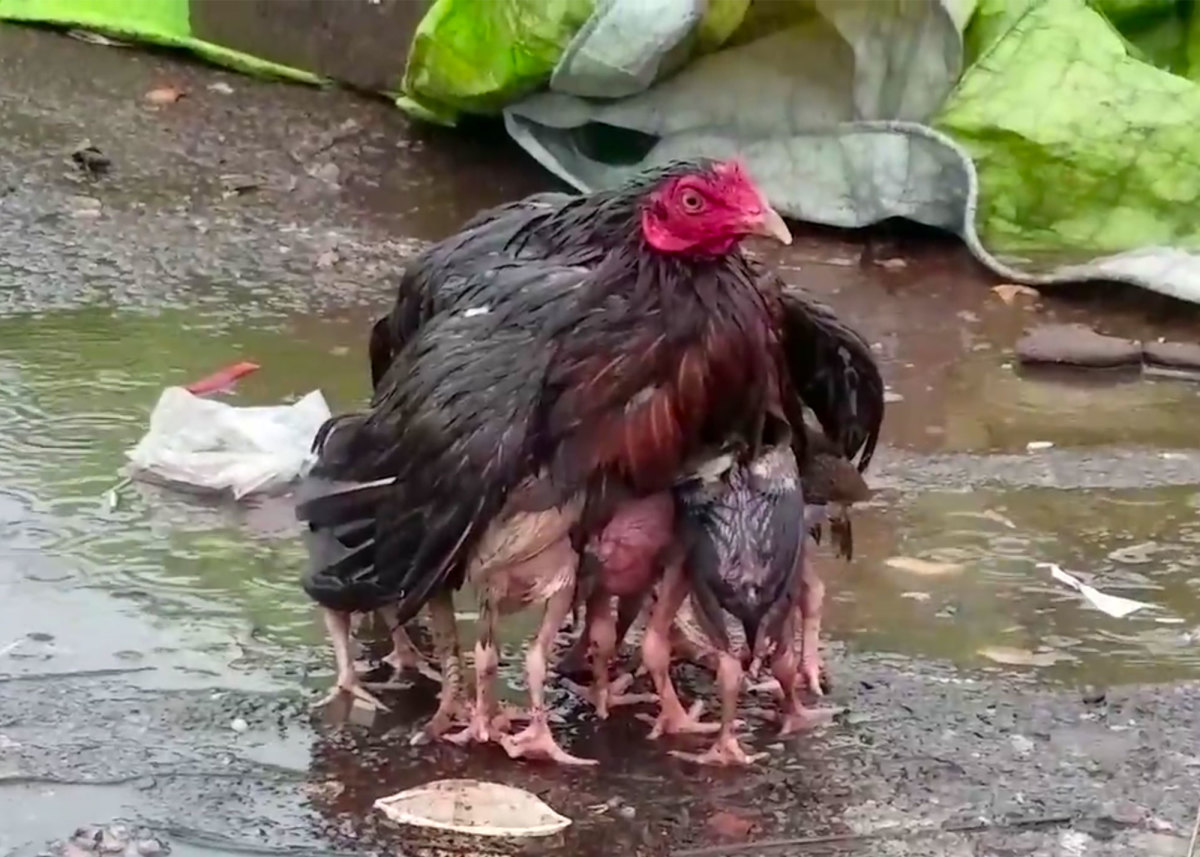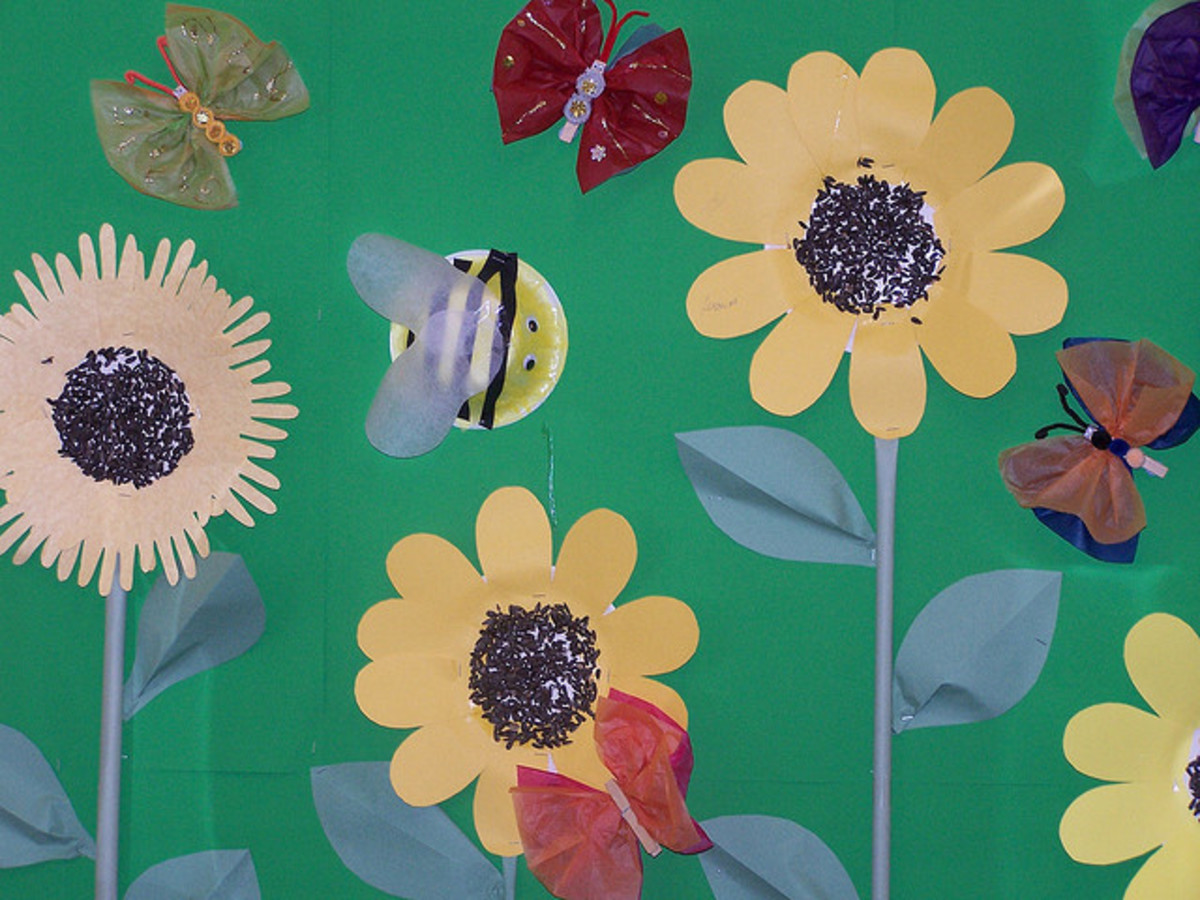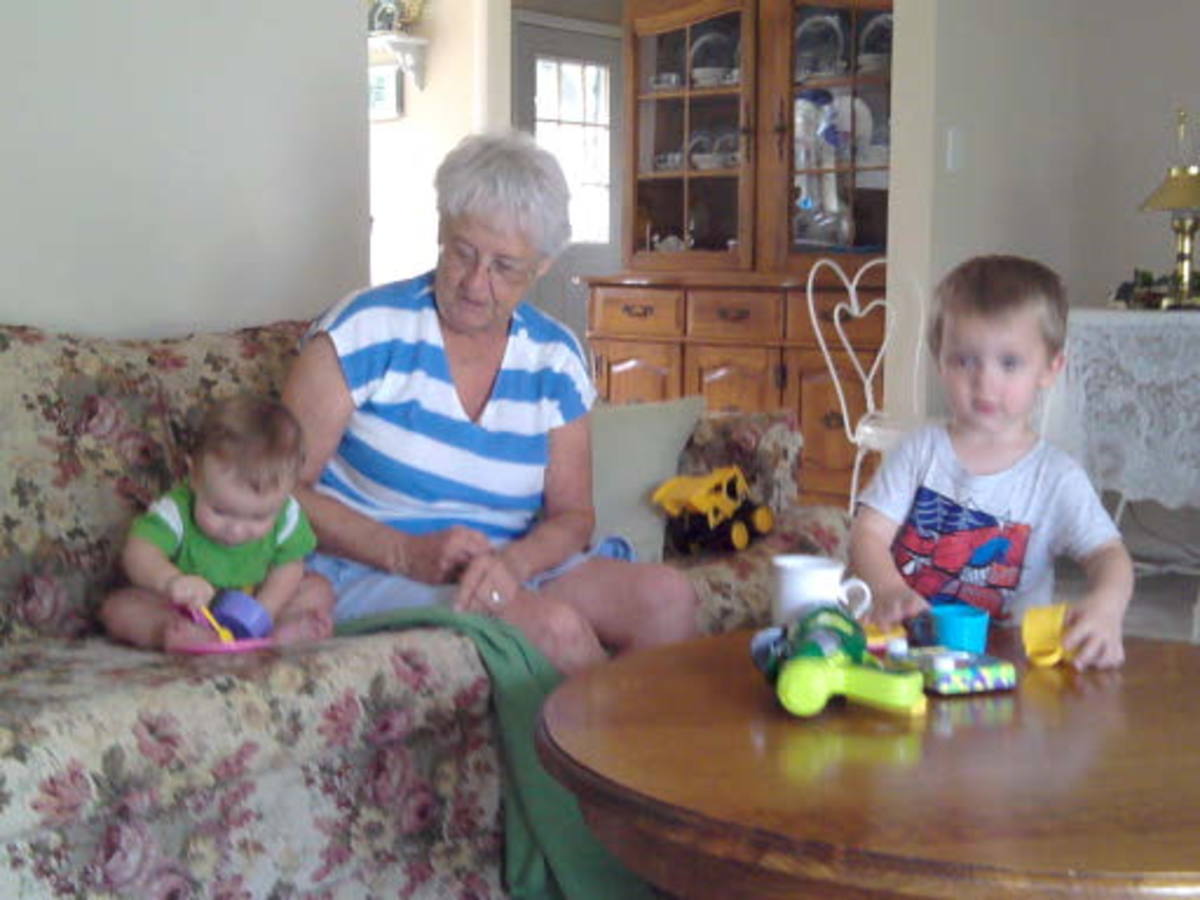Who Considers The Kids?

Social Welfare: Treatment of children in Canada
“Every child has the inherent right to life”. This statement is taken directly from the UN charter of rights, the Conventions on the Rights of the Child; article six. The next part of the article clearly expresses that, “States Parties shall ensure to the maximum extent possible the survival and development of the child”. It is at this point, only six articles into the document that the failures of Canada’s social policies are evident. Every day, children suffer in silence through poverty and different types of abuse. Social welfare policies which are supposed to protect and serve the people fail to reach the most vulnerable and desperate of people. However, Canada is moving towards rectifying the errors in judgement when it comes to childcare, and finding the solution to the lack of consistency in childcare throughout the social classes.
Child poverty has always been a worldwide issue; worse in some countries than others and in Canada, considered one of the best countries to live, the percentage of impoverished children is horrifically high. I have heard on numerous occasions that at least one in ten children in Canada lives below the poverty line. These children are unable to protect themselves, and have virtually no voice. Although there are policies in place which attempt to provide families with the support they need to keep them from such severe poverty, it is not enough. Some of these policies are based on the nuclear family model, which is based around expecting the father to work and the mother to be the primary caregiver. It does not allow room for families where the mother must work as well. Of course there is childcare in place for such families, but it is costly and often low quality, and getting a childcare spot is as likely as these families becoming rich off oil. Especially in subsidized childcare, the government raves about the money they give to families for childcare; approximately one hundred dollars a month per family. However, childcare costs between fifty to ninety dollars a day depending on a child’s age and the childcare center. The government’s great generosity pays for around two to three days of childcare a month.
The majority of children in poverty also come from single family homes, especially single mother households, and on average poor single mother homes are quite far below the poverty line .As a result, these mothers must work, find suitable care for their children and provide what their children need to develop properly. This is where latch key children are born, which are children who come home from school and let themselves into their homes to wait alone sometimes for hours without adult supervision. These children do not have the support, and time put in to ensure their growing up to be well developed, contributing members of society. The cycle of poverty is a just that, a cycle. Impoverished children will often know no difference when they are older, following the same trend as their parents. This is also only taking into account the children who are lucky enough to have homes to go to, there are still many children without even that, many of whom are living in group homes or are using the homeless shelters.
Throughout history, child welfare has always been on the social agenda; however other issues such as money and government priorities always seem to push it off to the side. Children will always be there; they can be saved and protected later. I have heard Canada be referred to as the welfare nation many times and although things are not perfect for children, the social policies regarding their rights and safety have developed throughout time.

Childcare can be broken up into four different phases, the first being the Pre-industrialization Social Welfare - Patriarchal Care. During this phase, which lasted until the 1890s, mothers were expected to care for their children, while fathers worked and were the absolute law in their households. The children and women were expected to listen to the patriarchal figure. Notice how this model from over one hundred years ago, expecting the mothers to care for the children, is no different than the social policies in place right now.
The second phase began in the 1890’s and lasted to the 1940s’. This phase was called the Transition to A Welfare State - Children as Adults, and was probably one of the more negligent times for children. During this phase children were thought of as adults under law by age seven, and were treated as such. They were often ignored by society and there was no need for childcare. Many children worked in factories at the time, and there were severe discipline measures.
The third phase is where society`s views began to change and become more similar to what we follow today. The Welfare State Constructed - Childhood Recognized, this phase recognized that children were not the same as adults, and needed to be protected. People also began to realize the importance of childhood development and care.
Canada is now in the fourth phase; The Erosion of the Welfare State - Child Welfare Services in this phase children are recognised as what they are: children. They are cared for and there are laws in place to protect their rights. The law has the authority to take children from parents, and what is best for the children is decided by government and society. The new philosophy is that it takes a village to raise a child. It is evident that childcare has changed significantly throughout the phases, but there are still holes in the policies protecting children. There is still abuse, and poverty, and unnecessary death of children.
In Canada today the poverty rates and child welfare policies are not perfect; in fact they are far from it. However there are many services in place to aid children in need and to provide them with proper care. Society as a whole is becoming more aware of the effects early childhood has on human development. Advocators for children’s rights are being very insistent in putting childcare back on the social to-do list. They are stressing the development of universal childcare, because not only will this help impoverished families, but it will also provide the best start possible for children at risk. At risk children are the children who may be under the poverty line, lower social class, or children who face obstacles which may prevent them from reaching their potential as a functioning member of society. With universal childcare all children will have access to the services, and the opportunity to feel nurtured and be educated at a young age. For instance, the new plan for an all day kindergarten; with young children being in school all day, parents will only need to pay for evening childcare, and this will save them money. Children will also have adequate care, giving the parents a chance to work without worrying about their child’s well-being. The fact that the government is taking action and realizing how inaccessible childcare is for families under the poverty line demonstrates how social opinion is changing. With the change in social opinion comes the changes in social policy; advocators for children’s rights hope that soon childcare will be seen as essential to young children’s developmental well being.
In conclusion, social policies on child welfare have evolved throughout time to reach a point where it is on the border of being fully accessible to all Canadian children. Advocators for children’s rights will continue to speak on behalf of the Canadian youth and push for even more change. Right now however, there are many support systems, both financial and educational, for families to help them with the welfare of their children. Children are better off today than they ever were throughout history; they are no longer simply a small adult forced to work. They are recognised as members of society, but members who are still developing and need to be cared for. The amount of children beneath the poverty line is identified as a social issue that now needs to be reformed sooner rather than later. People are refocusing their priorities, placing children higher on the social agenda, rather than the earlier models of childcare which simply required children to work, and suffer through poverty in silence.
Here are the sources where I got my information on the different states of childcare....Both very interesting reads :)
Ismael, Shereen. (2006). Child Poverty and the Canadian Welfare State: From Entitlement to Charity. Alberta: University of Alberta Press.
Spicker, Paul. (1993). Principles of Social Welfare, an Introduction to Thinking About the Welfare State. New York: Routledge.


